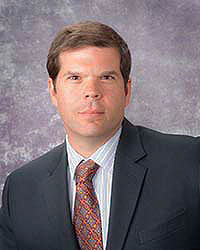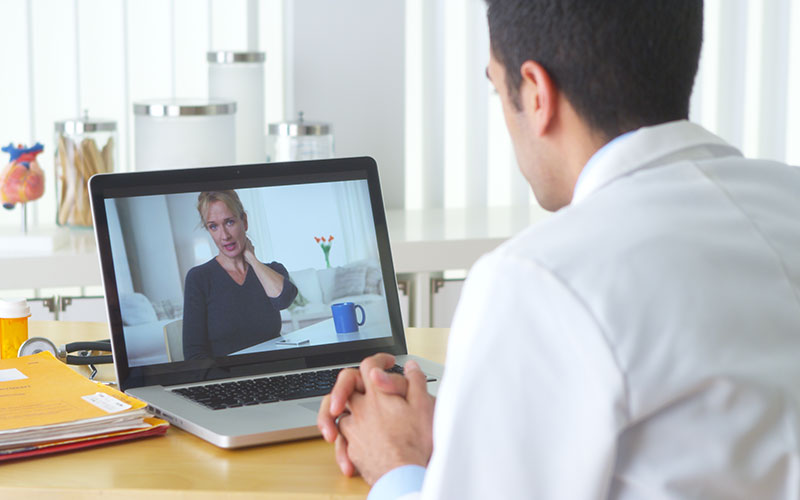Clinicians who attend healthcare conferences do so for several reasons. They might attend for CME credit, which every clinician, physician or nurse, is required to complete to stay on top of new clinical procedures and best practices for patient care. They might attend for the opportunity to share with and learn from their peers who attend the meetings. Conferences also provide an opportunity to meet with the technology vendor ecosystem, where clinicians learn what’s available now and what’s around the corner to help them best care for their patients.
All of the above were available at the second annual Vidyo Healthcare Summit, which took place December 3-5, in Scottsdale, Arizona. Vidyo and our customers emphasized the framework in which telemedicine is moving, one that is evolutionary, interconnected, and frictionless.
While it’s awesome for busy clinicians to be able to find time to attend events such as these, their work at home and responsibilities for patient care never really leave them. So what a delicious irony that at least one clinician was able to conduct virtual rounds with patients at our virtual health conference!
 Dr. Nathaniel Weathington, Assistant Professor of Medicine at The University of Pittsburgh Medical Center (UPMC), has been a leader of the facility’s Telemedicine Program for Pulmonary and Critical Care Medicine since its inception just over a year ago. As such, he provides service to inpatients at an outlying hospital 90 miles from the UPMC main campus for one week every month.
Dr. Nathaniel Weathington, Assistant Professor of Medicine at The University of Pittsburgh Medical Center (UPMC), has been a leader of the facility’s Telemedicine Program for Pulmonary and Critical Care Medicine since its inception just over a year ago. As such, he provides service to inpatients at an outlying hospital 90 miles from the UPMC main campus for one week every month.
His scheduled week happened to overlap with the Vidyo Healthcare Summit. Thanks to the time-zone difference and to Vidyo’s telehealth solutions, Dr. Weathington was able to wake up early in the Arizona morning to provide care to his patients and only miss a little of the Summit activities. Armed in his hotel room with two laptops and a virtual stethoscope, Dr. Weathington delivered remote care to several patients at three different rural PA hospitals on the three mornings he was in Arizona.
“There’s nothing more telemedicine than that,” Dr. Weathington said.
By engaging remotely with his patients and relying on peripheral devices, Dr. Weathington demonstrates how the future of interconnected and frictionless virtual care — technology-based medicine minus any hassles — is on the upswing.
“Telemedicine is happening now and will only increase,” Dr. Weathington said. “Ease of adoption is a prime factor that will determine the leaders in the virtual care. It applies to all stakeholders, including providers, administrators, technologists and, most importantly, our patients.”
Dr. Weathington’s telemedicine division has eight to 12 pulmonary and critical care physicians performing virtual care 365 days a year at two and sometimes three rural hospitals in the UPMC system. The hospitals are now allocating staff to perform telemedicine rounds for Pulmonology, Infectious Disease, and Cardiology consultants. He noted that telemedicine has become part of his normal clinical practice and has significantly improved access to top-tier expertise for patients in rural Pennsylvania.
Dr. Weathington cited some of his personal Summit highlights:
Exposure to the Vidyo partner ecosystem.
Best practices and “webside manner” for telemedicine as shared by other Vidyo customers
Understanding the regulatory and operational barriers to more universal implementation in virtual care, and learning how to overcome them
Insights and alliances for potential academic research and technical development opportunities that will continue to advance telemedicine
Dr. Weathington concluded, “the universal truth in medicine is that organizations which stay focused on providing quality patient care using the best tools and talent available will be those that succeed.”
